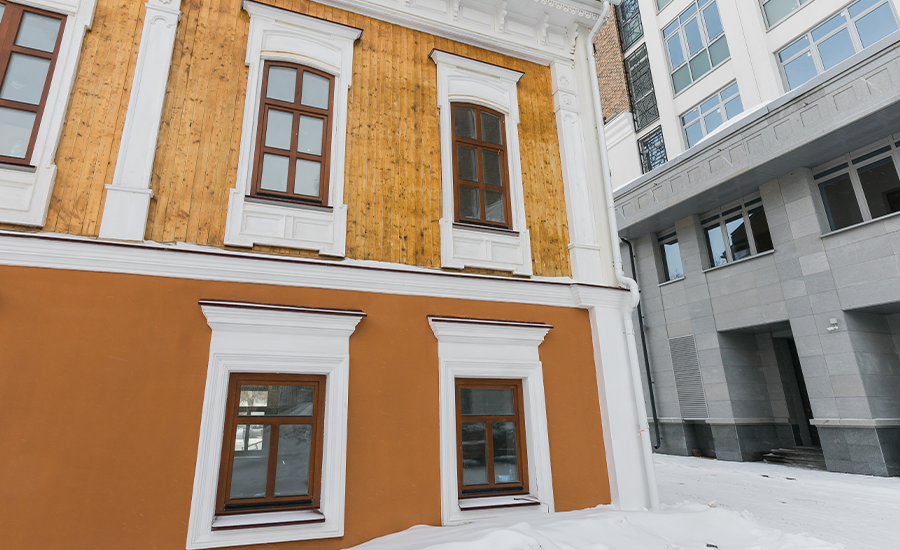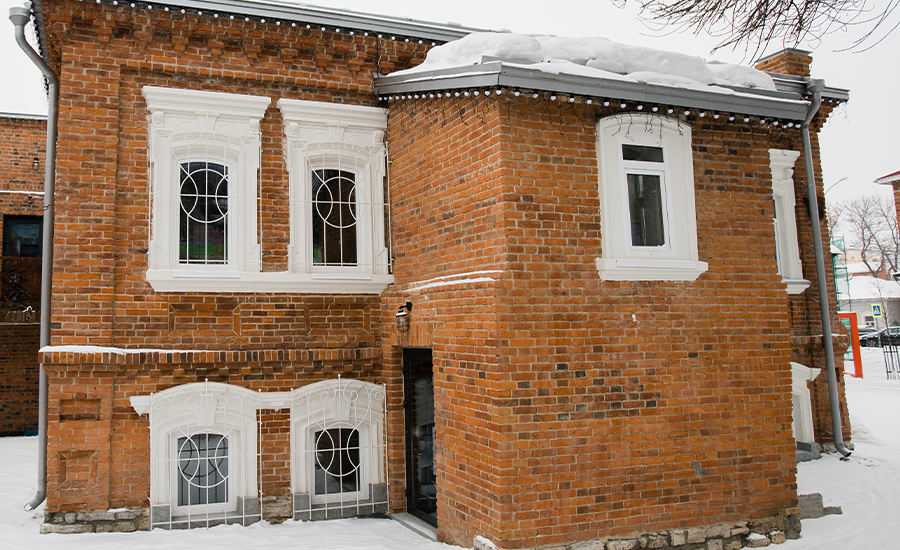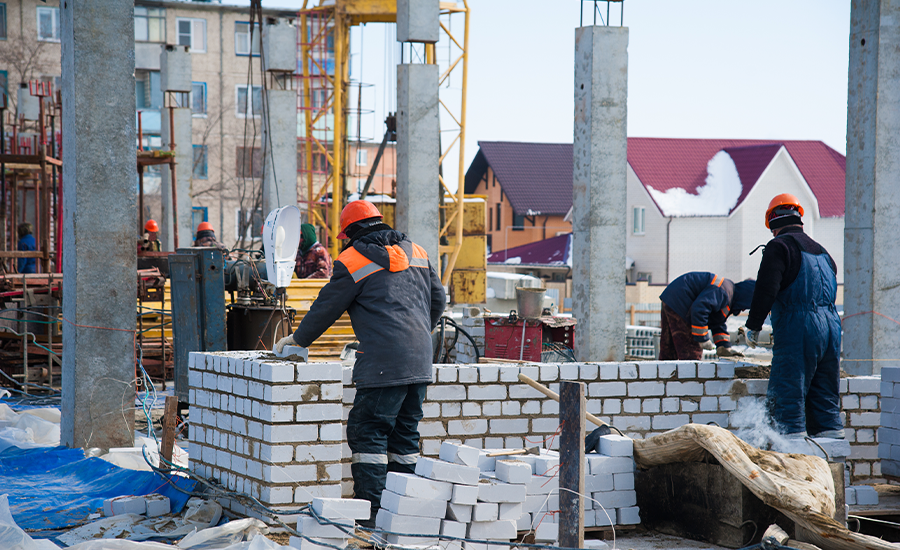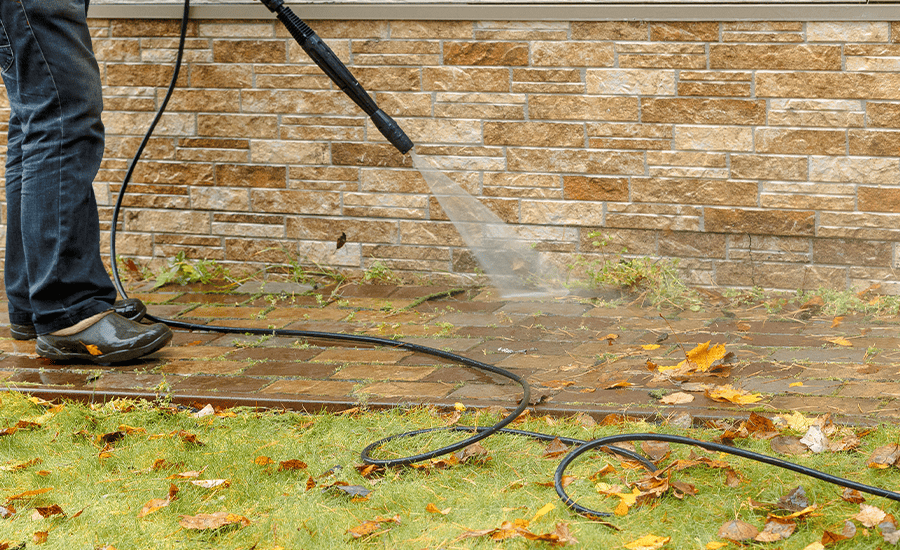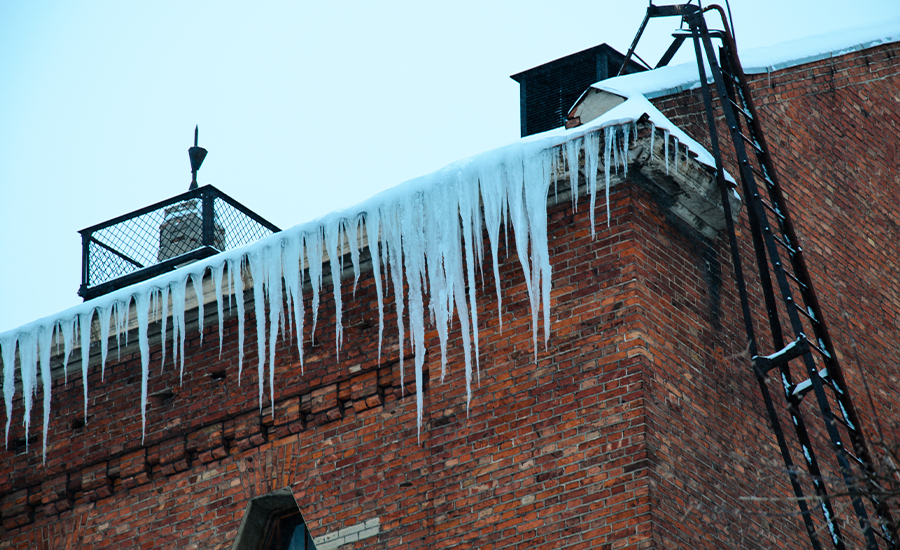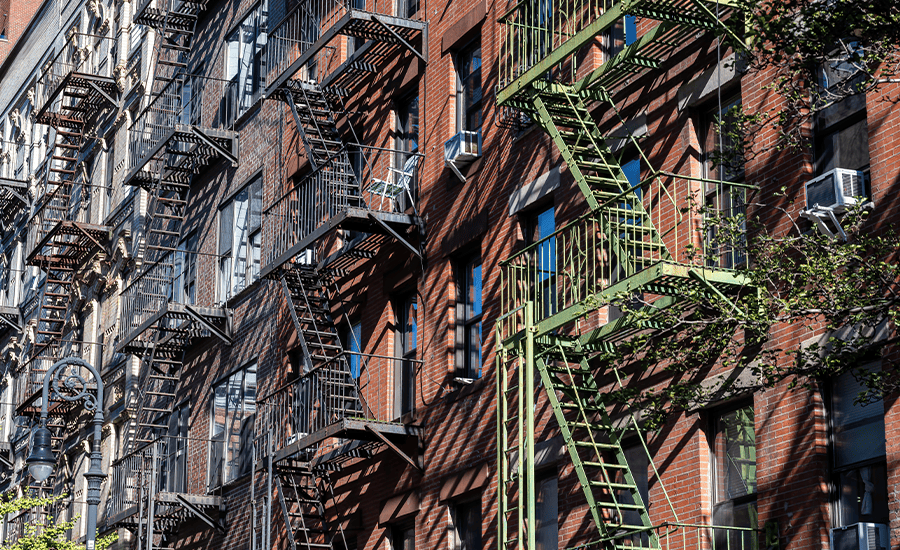Stucco walls are famous in NYC architecture for being the most durable, weather-resistant plaster used to enhance the appearance of residential and commercial properties and improve insulation in winter. If your stucco is not adequately protected and maintained, snow, ice, moisture, and freeze-thaw cycles increase the risk of cracking, discoloration, and hidden water damage. Proper winter maintenance keeps your stucco walls strong, clean, and free of damage. Protecting the walls before winter hits helps seal gaps and prevent efflorescence, improving energy efficiency and reducing energy consumption. Make sure to hire a stucco contractor in NYC to monitor the weather forecast and inspect for damage and repairs before they occur.
In this blog, we’ll share tips and tricks to maintain your stucco walls in winter.
Examine Stucco before Winter Arrives
Make sure to conduct a winter-readiness assessment to prevent damage and uncover the problems before they become serious:
- Minor cracks and surface splits.
- Open spaces near windows.
- Powdery residue.
- Surface blemishes.
- Water damage marks.
If you’re planning any winter repairs, it’s helpful to read about applying stucco in cold weather to understand how temperature affects the material.
Apply Sealants in All the Gaps
If you delay sealing the cracks, they can worsen significantly and lead to:
- Safeguards against moisture infiltration.
- Preserves the underlying structure.
- Helps retain energy loss.
- Avoid freeze-thawing.
Perform Stucco Cleaning With Winter-Appropriate Methods
Make sure to use only winter-grade stucco and gentle cleaning methods in winter. It is critical for property owners in cold and humid regions:
- Wash stucco on warm days.
- Clean with a soft-bristle brush.
- Do not pressure wash in freezing weather.
- Do not heavily rinse the stucco.
- To remove the biological growth, use non-damaging detergents.
Protect the Stucco from Water
Make sure not to let water come into contact with your stucco, as it can severely damage it and cause internal damage:
- Ensure the roof drainage is cleaned correctly.
- Directly melts snow away from the foundation.
- Avoid piling snow directly against walls.
- Do not let the ice build up in drainage areas.
- Address the flashing issues asap.
Retain the Stucco’s Exterior Finish
Make sure to use good-quality elastomeric paint, acrylic coating, lime wash, and traditional paint to top off the stucco to protect it from moisture penetration:
- Apply paint to the flaking walls, if needed.
- Refresh the façade with protective paints.
- Seal porous surfaces before peak winter.
- Fill hairline cracks before recoating.
Monitor Efflorescence Buildup
Make sure to track the mineral deposits in winter as they appear on the surface:
- Brush it off with a dry brush.
- Do not wash the stucco during cold weather.
- Fix moisture issues behind the stucco.
- Once the stucco is fully dry, apply a water-repellent coating.
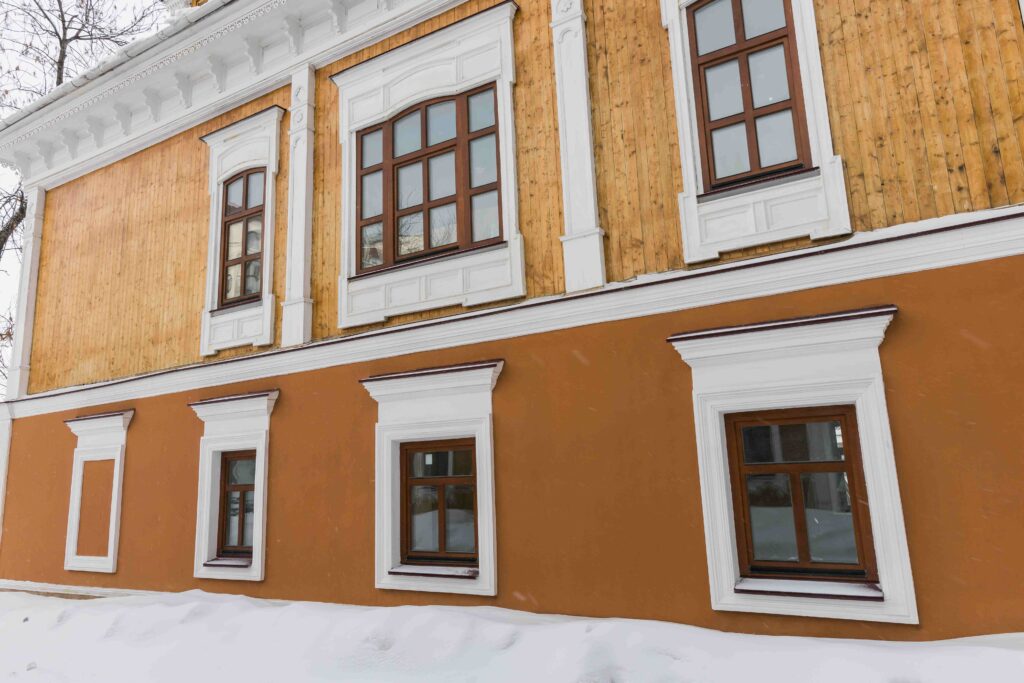
Sudden temperature drops can worsen surface damage, so you may also want to learn why cold weather causes faster stucco cracking.
Guard Stucco from Frost Damage
Make sure not to use harsh de-icing chemicals, as they deteriorate the stucco by persistent freeze-thaw damage:
- Safely clear the icicles using extended tools.
- Keep gutters free of ice dams.
- Do not scrape ice directly from the stucco.
- Redirect melting ice away from walls.
- Do not let snow accumulate on the wall base.
Maintain Optimal Indoor Temperature
When you heat in winter, indoor humidity rises, which can become dangerous and cause water to flow into the stucco:
- Install kitchen hoods and fans to expel steam and moisture.
- Let the fresh air circulate throughout your home.
- Control the humidity with dehumidifiers.
- Keep your interior insulated.
Hire a Certified Stucco Contractor For Winter-Ready Inspection
Make sure to have your stucco inspected by a licensed & skilled mason before, during, and after winter. Check the following issues:
- Deep cracks.
- Water trapped behind the stucco.
- Poor drainage areas.
- Hidden structural damage.
- Frost-related surface deterioration.
Conclusion
Concluding this blog, keeping a periodic check on stucco walls in winter safeguards against structural deterioration, stains, blemishes, and water seepage. Homeowners should hire a good masonry contractor to seal-pack all gaps, clean the walls thoroughly, and monitor the temperature, ensuring protection from frost damage and ice. Invest in your stucco maintenance today and live comfortably and efficiently tomorrow.
Sardar Restoration Corp proudly serves every corner of NYC, including the Bronx, Manhattan, Brooklyn, Westchester, and Queens. Our services are designed to meet your specific needs, providing top-quality solutions wherever you are. Check our service areas to see how we can assist you in your location.
Contact us today at (+1) 917-355-8556 or sardarrestoration@gmail.com, or visit us at 2770 Fish Ave, Bronx, NY 10469, United States.
FAQs
Do you provide winter inspections for stucco walls?
Yes! Sardar Restoration Corp. offers inspections of stucco walls before, during, or after winter to spot damage such as cracks, water infiltration, and other potential issues.
Can winter weather cause hidden stucco damage?
Yes, moisture can seep behind stucco during cold months and freeze inside, creating hidden cracks that become visible later.
Do you seal cracks and gaps to prevent winter damage?
Yes! Sardar Restoration Corp. uses high-quality elastomeric caulks and stucco-matched repair mixes to seal cracks and gaps, preventing Moisture penetration and freeze-cycle cracking.
Is it safe to repair stucco during freezing temperatures?
Basic patching is possible on mild days, but major repairs should be done when temperatures stay above freezing for proper curing.
Do you handle efflorescence removal?
Yes! Sardar Restoration Corp. expertly handles all efflorescence removal services, safely removing the white, chalky substance from stucco walls to prevent moisture absorption and penetration.
How do I stop moisture from getting behind my stucco in winter?
Keep drainage clear, seal small cracks early, and ensure the roof and gutters move melting snow away from stucco walls.
Do you offer complete winter maintenance plans?
Yes! Sardar Restoration Corp. offers comprehensive winter maintenance services, including inspections, cleaning, crack repair, sealing, coatings, and moisture management for long-lasting protection.
Why does my stucco change color in winter?
Cold weather and trapped moisture can cause temporary discoloration, often due to efflorescence or water absorption.

